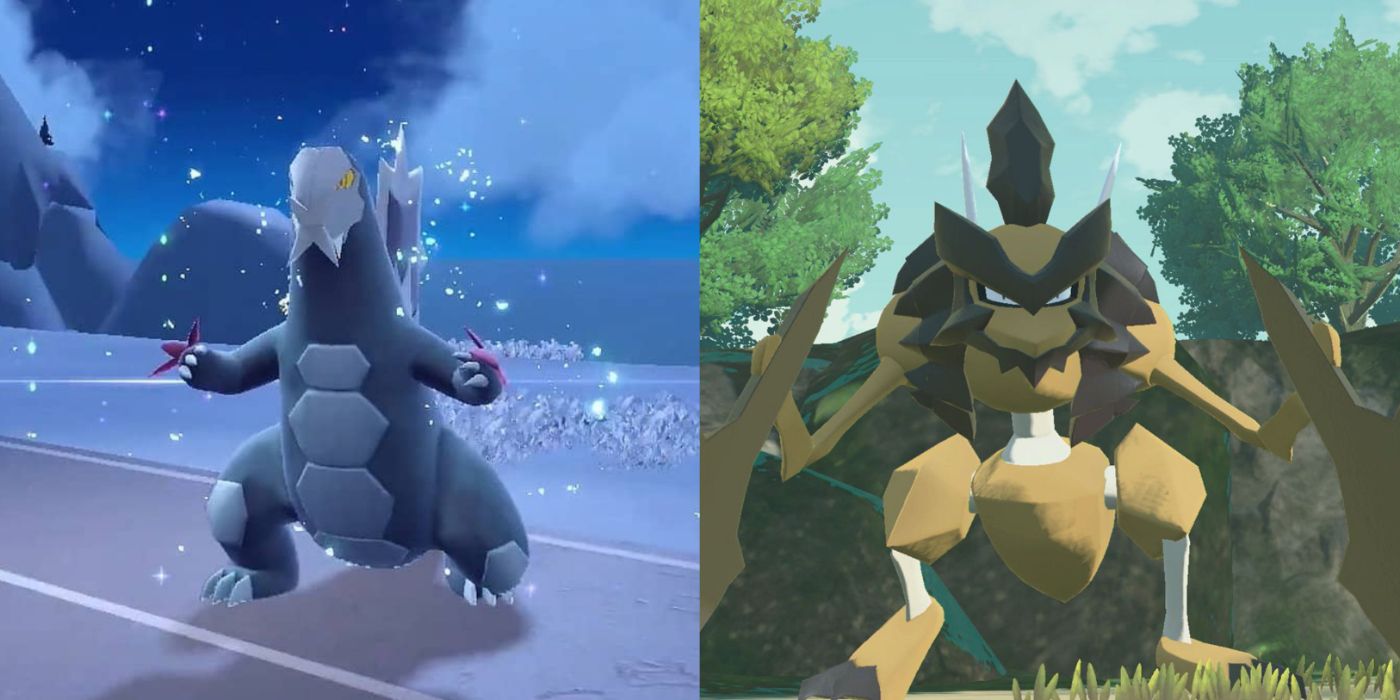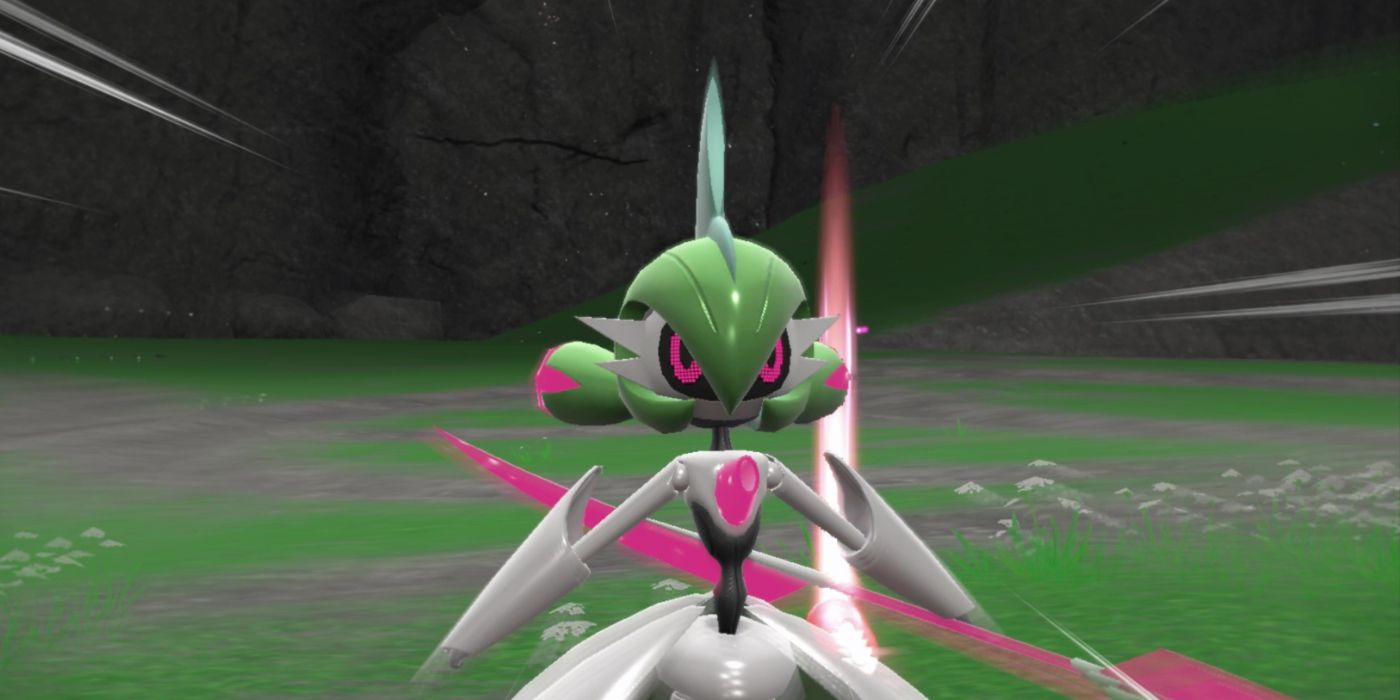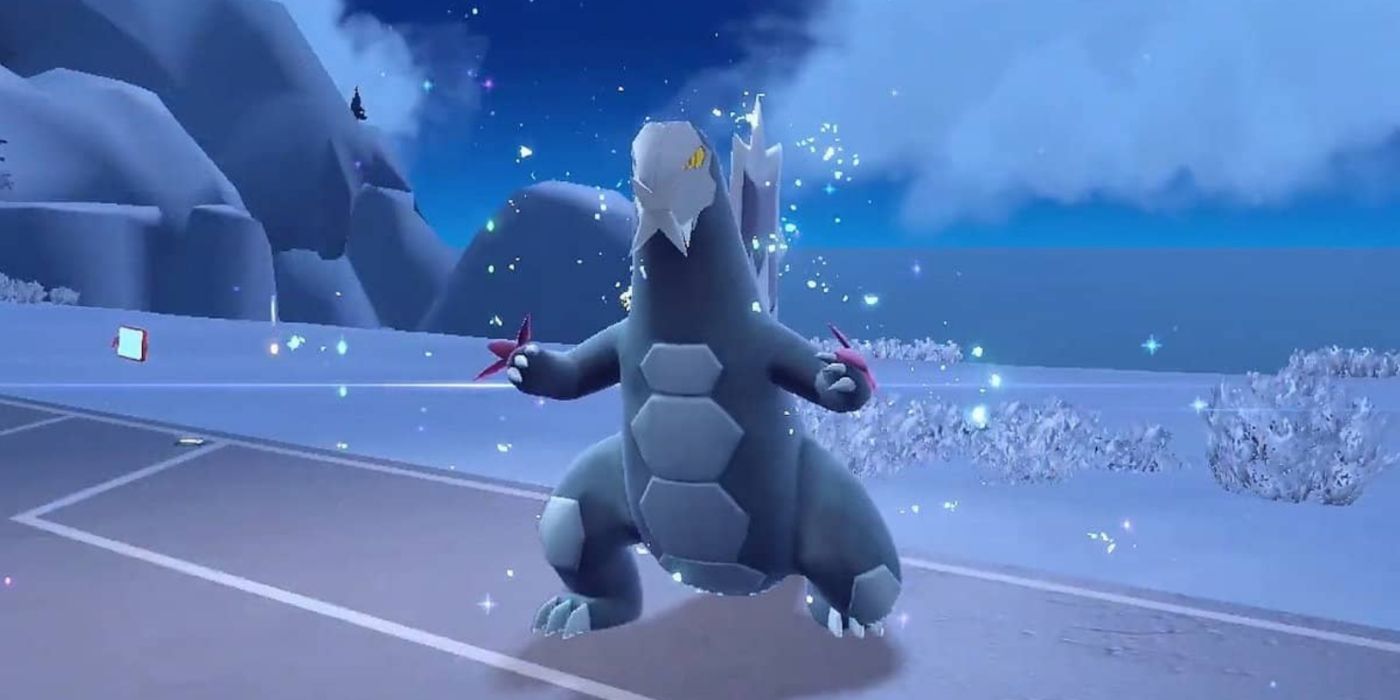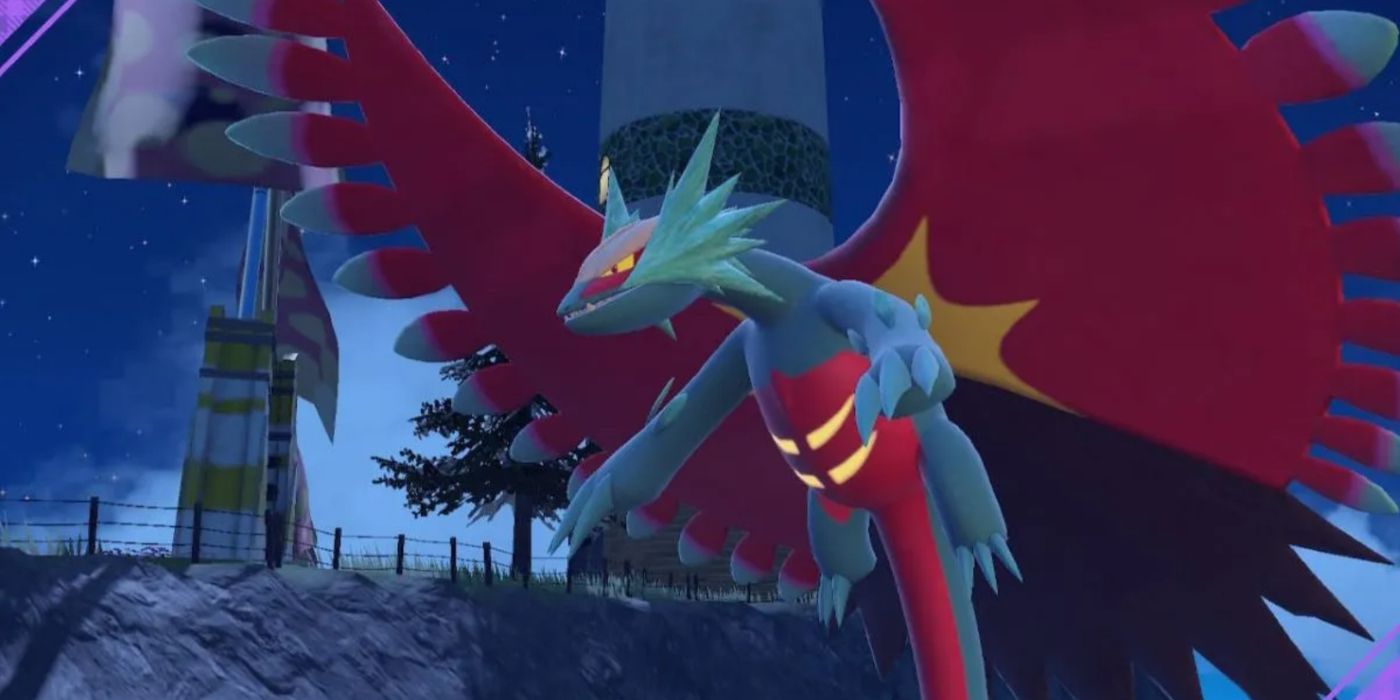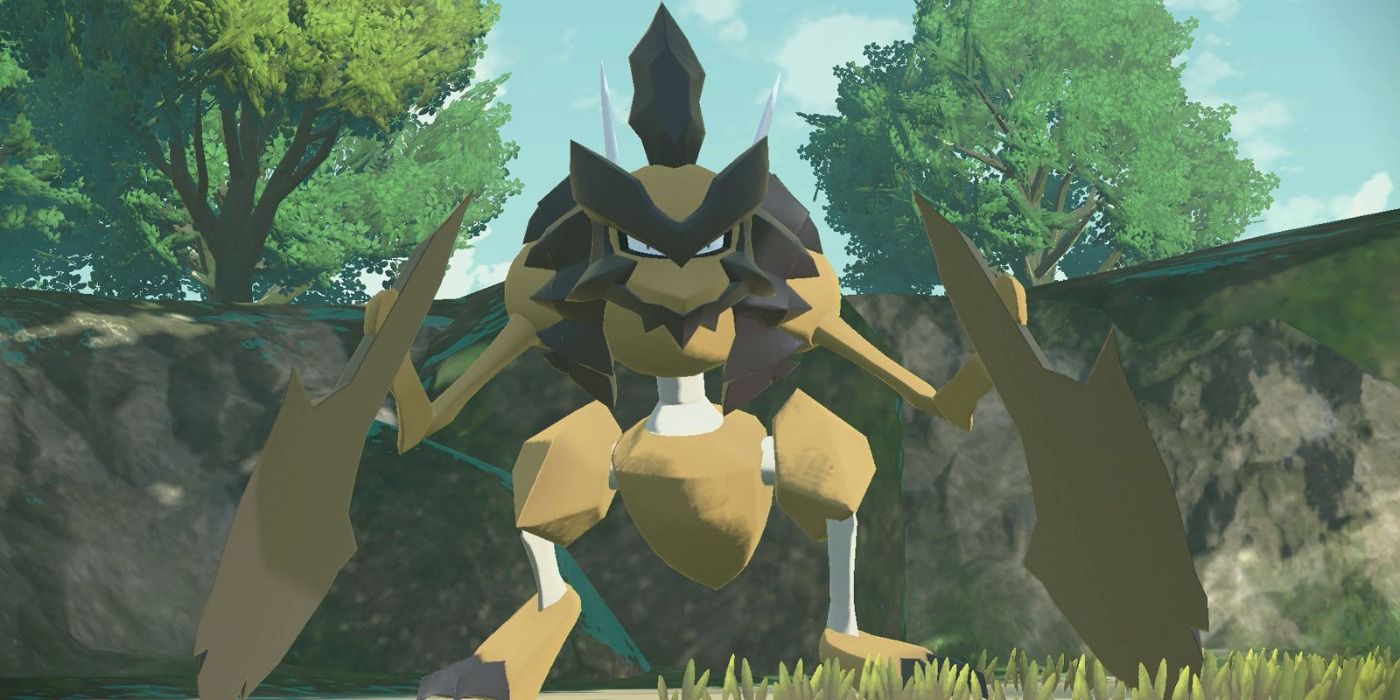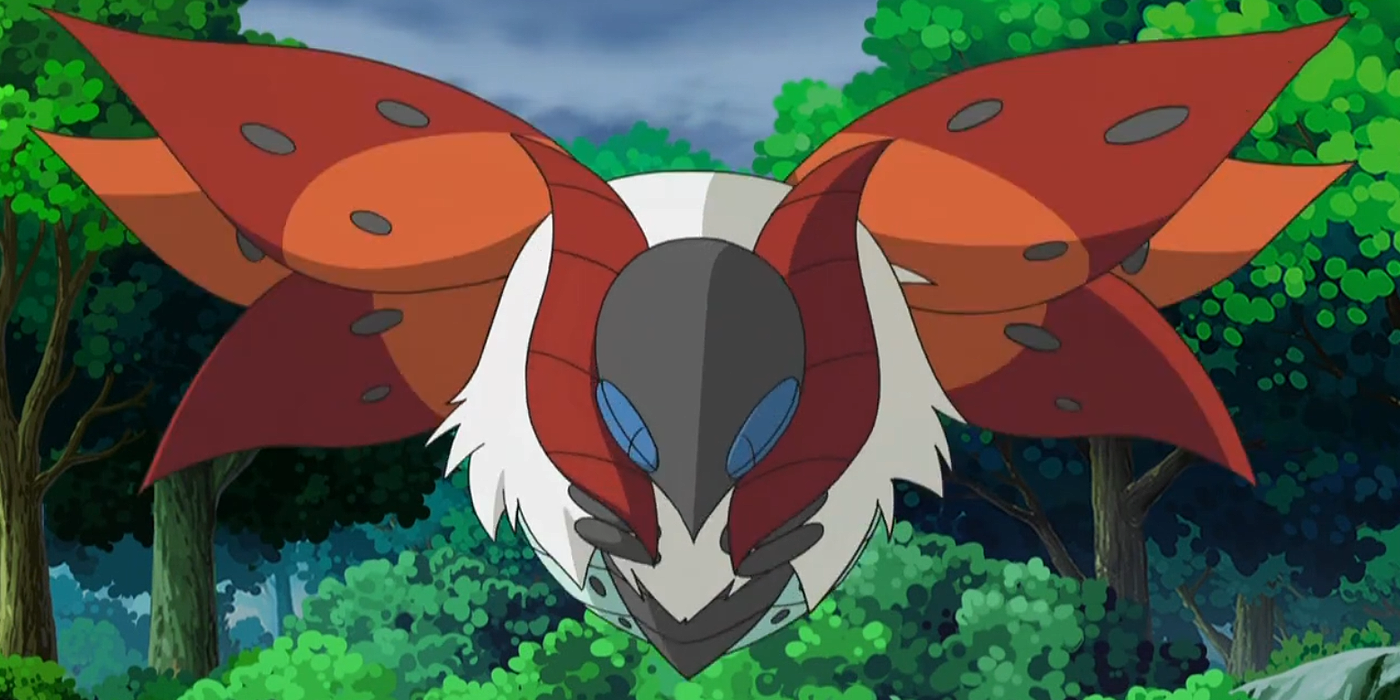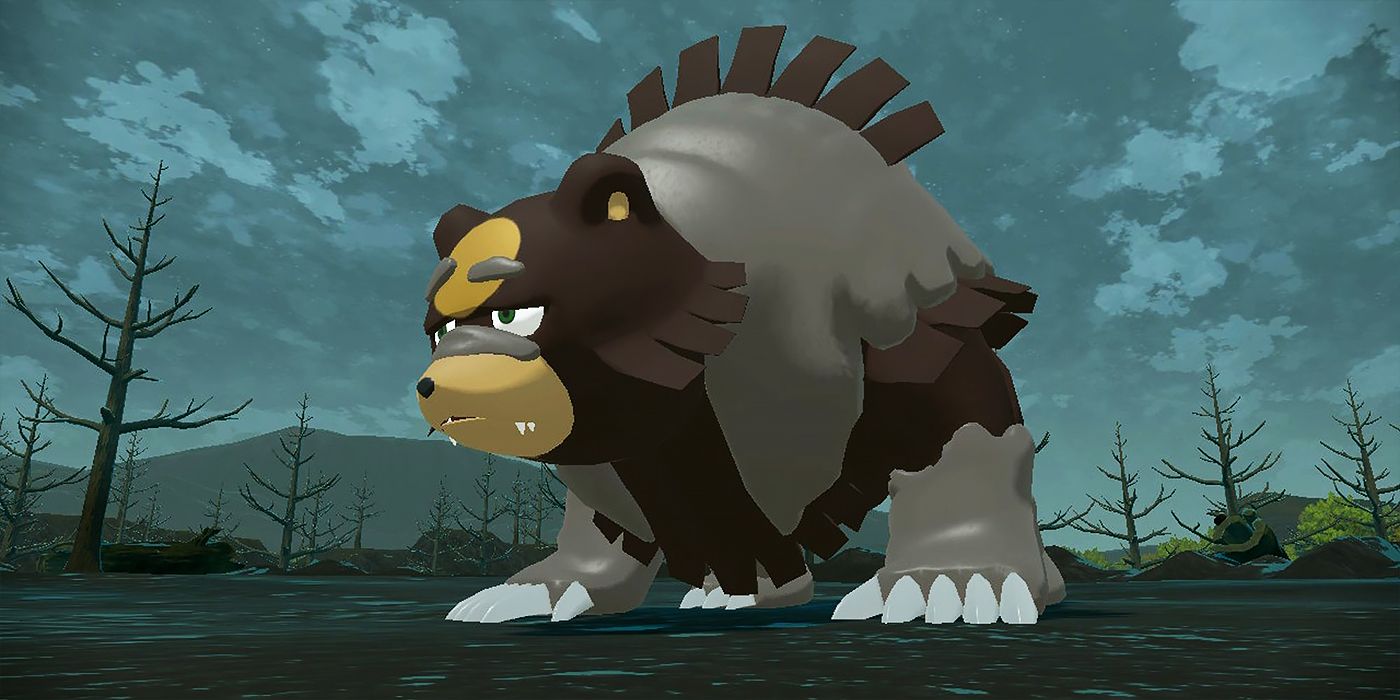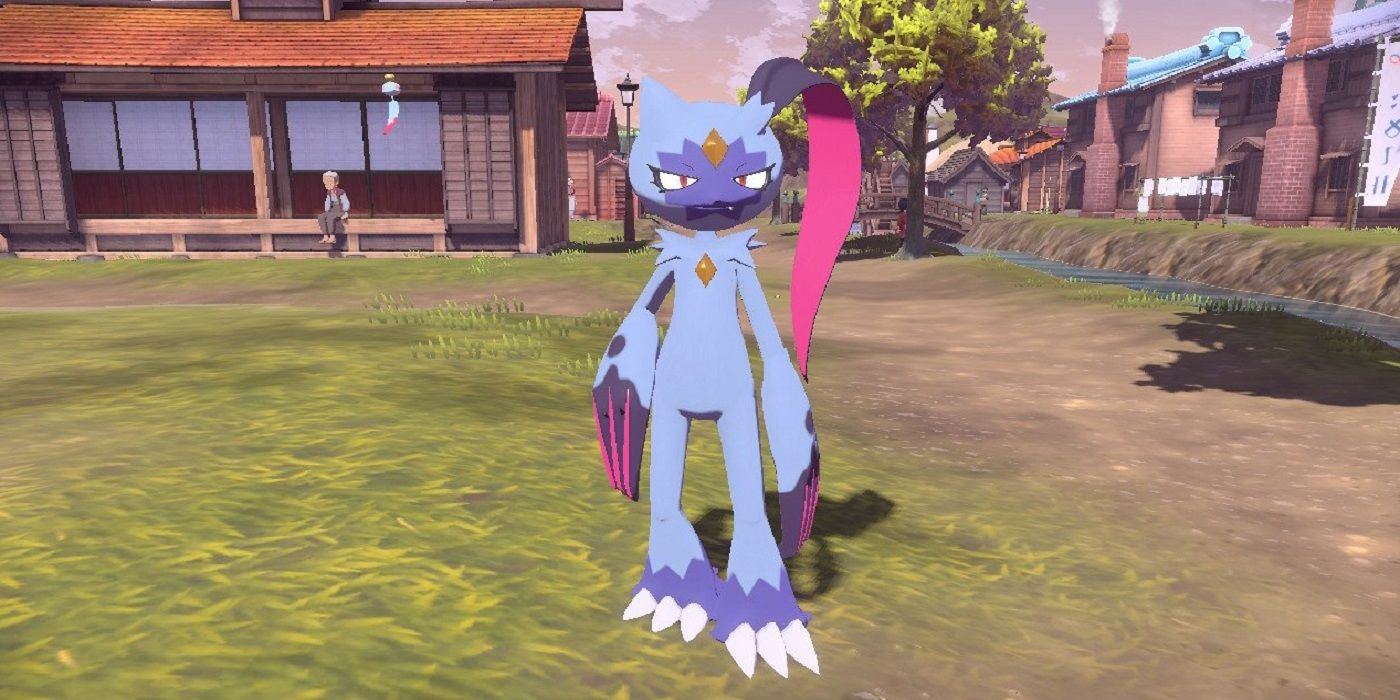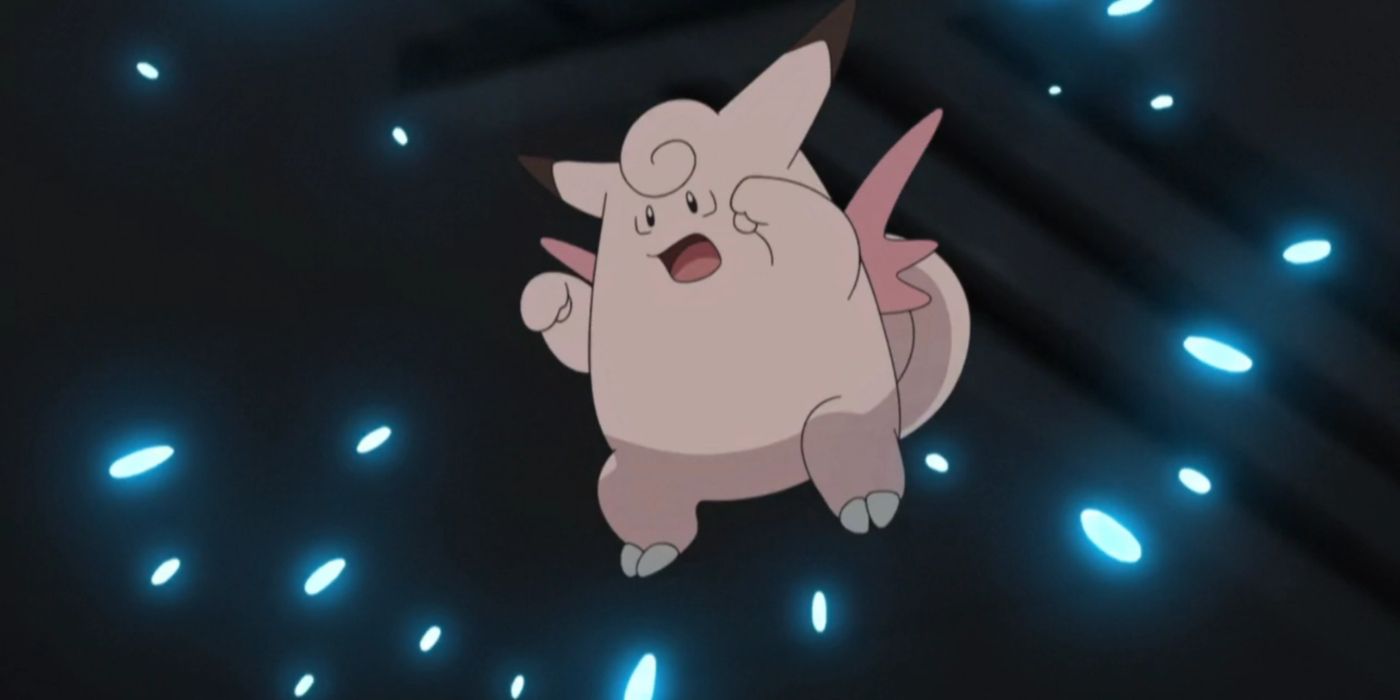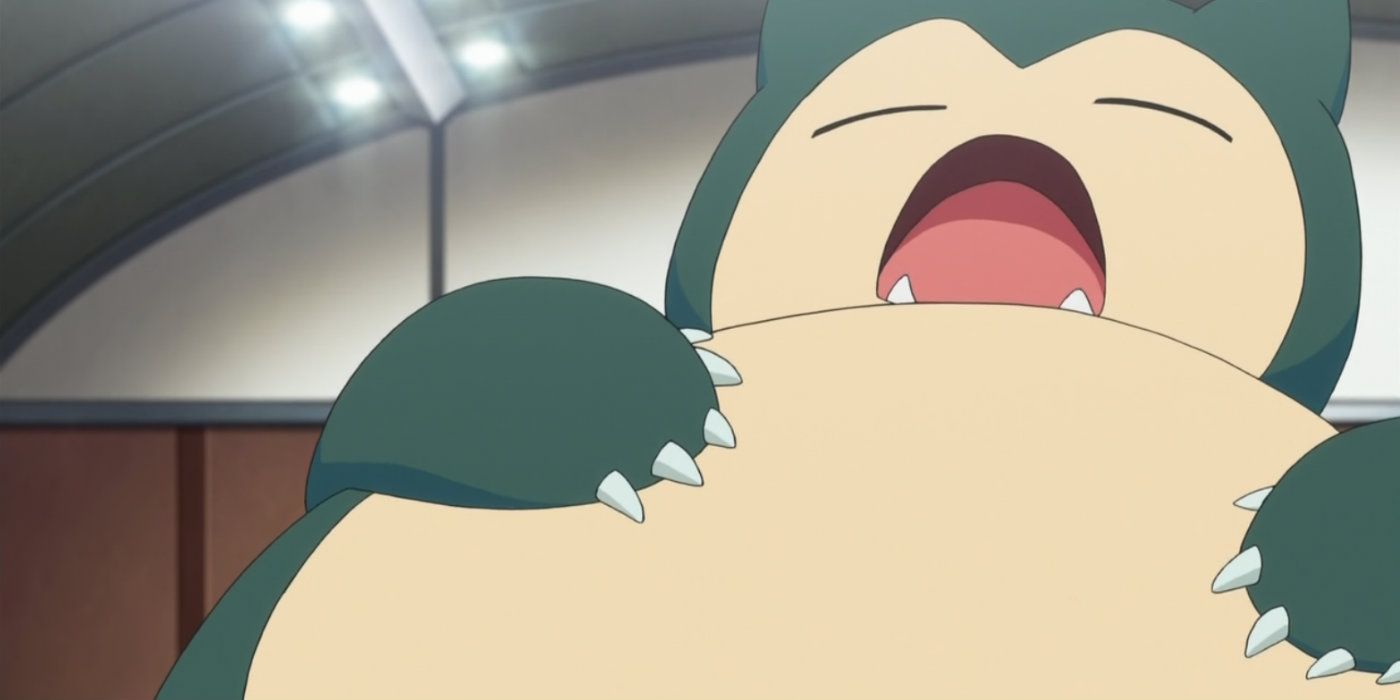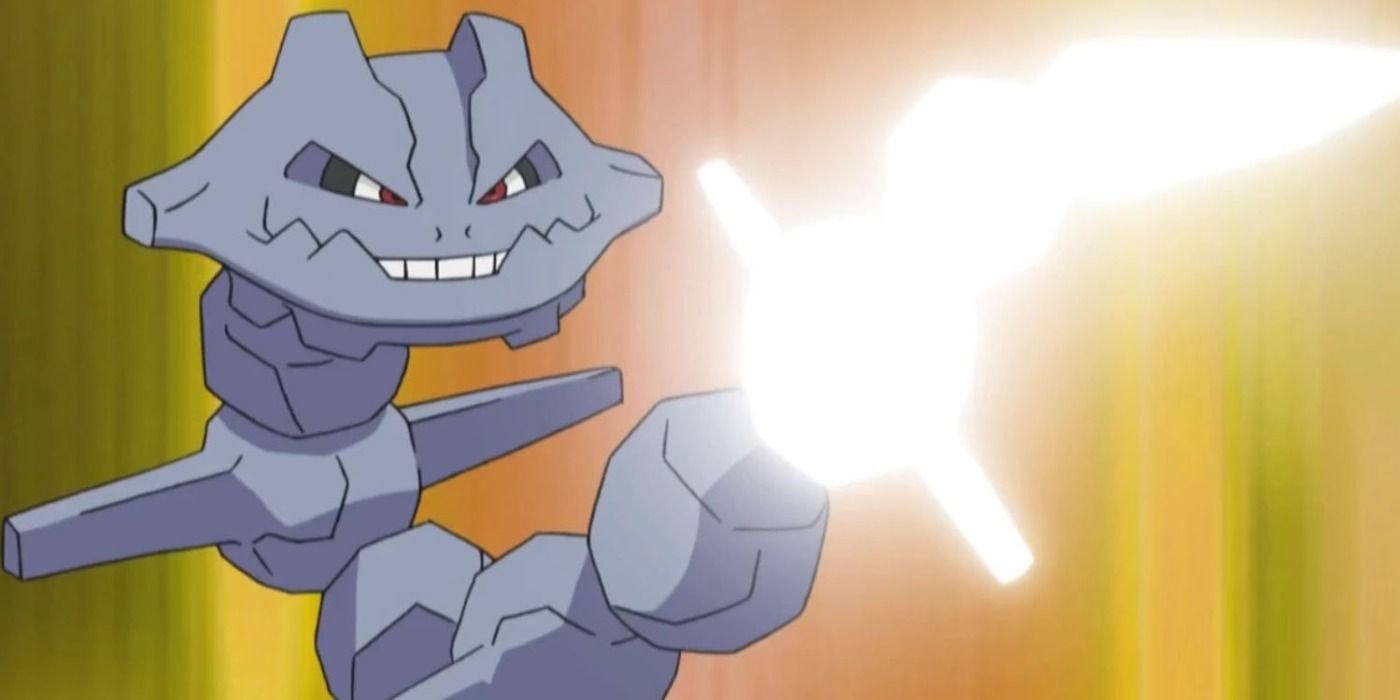Catching Pokémon has been the main appeal of the franchise since its inception, and the recent releases of Scarlet and Violet have brought the available species count to an astonishing 1,000+. It's a daunting number, especially considering many of those creatures - in some form or another - can be found in the wild.
And given the uniqueness across these Pokémon types, some are naturally harder to catch than others, even well outside of the Legendary/Mythical category. Excluding the latter category, Pseudo-Legendaries like Paldea's resident Baxcalibur are breaking new ground in low catch rates, as well as all-time classics like Kanto's Snorlax.
Iron Valiant - 10
On the opposite end of the Paradox spectrum are Violet's exclusive forms. Since Scarlet focuses on the past, Violet's Paradox Forms lean toward the future, giving its species a sci-fi rendition. In this case, Iron Valiant is an original species that takes clear anatomical inspiration from the Sinnoh region's Gallade.
It's a dual Fairy/Fighting-Type Pokémon that can be found in the equivalent locations from Scarlet, but players should be prepared for just as tough of a grind to capture it with its catch rate of 10.
Baxcalibur - 10
Joining the list of powerful Pseudo-Legendary Pokémon for Scarlet and Violet is Baxcalibur. This dual Dragon/Ice-Type species is suitably powerful in battle and is normally obtained by evolving Frigibax into Arctibax at Level 35, and Arctibax into Baxcalibur at Level 54.
It can be found in the wild, however, through Scarlet and Violet's Terra Raid Battles mechanic. Aside from the 5- and 6-Star challenge it will pose players, it also has a low catch rate of 10. Nonetheless, it's fun to be able to capture a fully-evolved Pseudo-Legendary in-game, and it makes sense that it would be this difficult.
Roaring Moon - 10
Though it takes a spin on the Hoenn region's Psuedo-Legendary Salamence, Roaring Moon (exclusive to Scarlet) is a new species and member of the Paradox Forms. This one is from an ancient past and boasts one of the highest Attack stats in Pokémon Scarlet and Violet, and it's unsurprisingly difficult to capture.
The dual Dragon/Dark-type creature can be found in Area Zero and through the cave/underground Wild Spawn Biomes in Scarlet. And just like Paldea's Baxcalibur, Roaring Moon also has a catch rate of just 10.
Kleavor - 15
Legends: Arceus was a breath of fresh air for mainline games in terms of gameplay, and it featured a creative combination of Hisuian Forms and original species altogether. Kleavor fits into Pokémon Legends: Arcues' latter category, serving as a Bug/Rock-Type split evolution of Scyther if players opt against Scizor.
It's an impressively capable Physical attacker, and it also has an incredibly low catch rate for a non-Legendary species at 15 - sharing it with Volcarona. In terms of finding one in the wild, it can only be encountered in rare Massive Mass Outbreaks in the Obsidian Fieldlands.
Volcarona - 15
Though there are many powerful Fire-Type Pokémon in the mainline games and Bug-Types are generally frail, Volcarona is an impressive creature thanks to its dual typing of Bug/Fire. It's competitively viable and is quite the rare find to boot, though, it's come a long way since its debut in the gen 5 games Black and White.
Volcarona can be found more accessible in Sword and Shield, but with a catch rate of 15. As far as non-Legendary and non-Pseudo-Legendary species go, this Pokémon is one of the toughest catches in the mainline games.
Ursaluna - 20
Another one of the best Hisuian Pokémon introduced in Legends: Arceus, Ursaluna is the direct evolution of the Johto-native Ursaring -- and, by extension, Teddiursa. This moon bear adds the Ground typing to its predecessors' Normal-Type, and it's usually obtained by evolving Ursaring by using a Peat Block on it while under a full moon.
But like with Kleavor, Ursaluna can be found in rare, sporadic events via Massive Mass Outbreaks in the Crimson Mirelands. Though, it is a bit easier to catch thanks to its mildly higher catch rate of 20. Nonetheless, Ursaluna is worth the trouble either way it can be obtained thanks to its sheer offensive prowess.
Sneasler - 20
More similar to Kleavor's role in its respective evolutionary line, Sneasler is also a Hisuian-native that functions as a split evolution to Johto's Sneasel. There are admittedly stronger choices in Pokémon Legends: Arceus, but the dual Fighting/Poison-Type Sneasler is solid enough whether players choose to evolve to get one or find it in the wilds of Hisui.
And as with the other fully-evolved Hisuian Pokémon, Sneasler can be found in the wild during Massive Mass Outbreaks with a catch rate of 20.
Clefable - 25
Once just a simple Normal-Type Pokémon, the already-bulky Clefable benefited from gen 6's introduction of Fairy typing. Players can get a Clefable by evolving Clefairy using a Moon Stone, the primary method ever since its debut in Red, Green, and Blue on the original Game Boy.
But ever since Sword and Shield, there are now a variety of places to find one in the wild. It has a slightly higher 25 catch rate, but those odds are certainly not pushover numbers when it comes to wild Pokémon.
Snorlax - 25
Snorlax is arguably one of the most iconic Pokémon in the franchise, remaining instantly recognizable long after its debut with the original set of games. This Normal-Type creature is incredibly bulky and with a massive Attack stat to match, as well as being a limited encounter in Kanto.
There are more ways to get Snorlax now -- including by evolving the Sinnoh-native Munchlax - but it's still a relatively tough species to catch in the wild. Its catch rate sits at 25, and back in the Kanto games where there are only two Snorlax available per playthrough, this was one of the earliest battles of attrition in the Pokémon franchise players had to face.
Steelix - 25
Onyx was among the first species in the series to get a new evolution in a later generation, this time coming in the form of Johto's Steelix. In generations 2 and 3, there was no legitimate way to "catch" a Steelix, as it could only be obtained by evolving Onyx via trade while holding the Metal Coat.
But ever since Diamond and Pearl, Steelix was made into a fairly regular wild encounter. It's certainly a nice way of making a strong Pokémon more accessible, especially since trade evolutions are frustrating to do, but players will have to work for it given Steelix's catch rate of 25.

